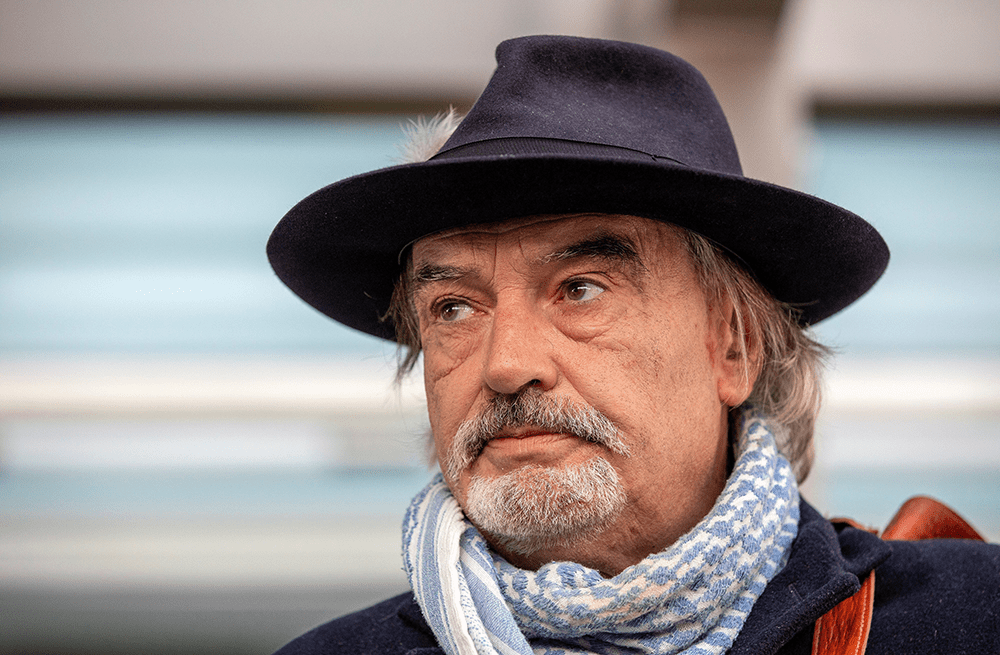
Over coffee in a seafood restaurant in the harbour, I talked with the most notorious accused man in Ireland and, I have to say, I liked him and thought he was most likely innocent.
It was shortly before Ian Bailey died of a heart attack in January 2024, and I had just moved to West Cork. I bumped into him at a market day and asked if he would like to meet for lunch.
I had long been fascinated by the unsolved murder of the French woman Sophie Toscan du Plantier, whose body was found by the gate of her remote West Cork cottage in 1996. After initially working on the case as a journalist, Bailey became the chief suspect and, following innumerable twists in a most bizarre case, he was eventually convicted in absentia in a court in Paris, although he managed to fight extradition.
When we met, he and I chatted for more than an hour, mostly about people we knew in the media, for I had worked as a correspondent in Belfast for years, arriving in Ireland just after the murder.
What has always seemed obvious to me did not seem obvious to a lot of the locals, because they all had their lurid tales to tell of things they thought they had seen that in their minds proved he had done it.
‘Evidence’ provided by the local gossipmongers included Bailey having scratches on his hands, a cut on his head and a bonfire in his garden. A student staying in his house said he had washed his coat in a bucket. He had, and admitted his regret about it, been violent towards his partner several times over the years.









Comments
Join the debate for just £1 a month
Be part of the conversation with other Spectator readers by getting your first three months for £3.
UNLOCK ACCESS Just £1 a monthAlready a subscriber? Log in